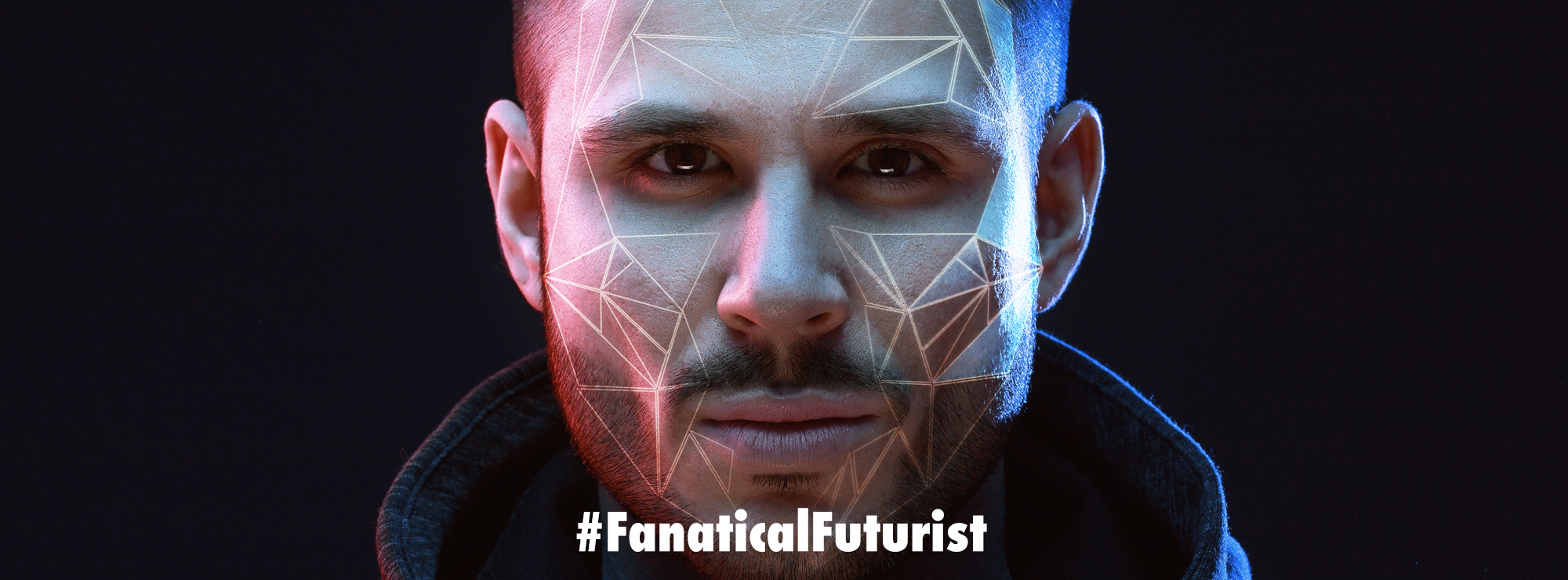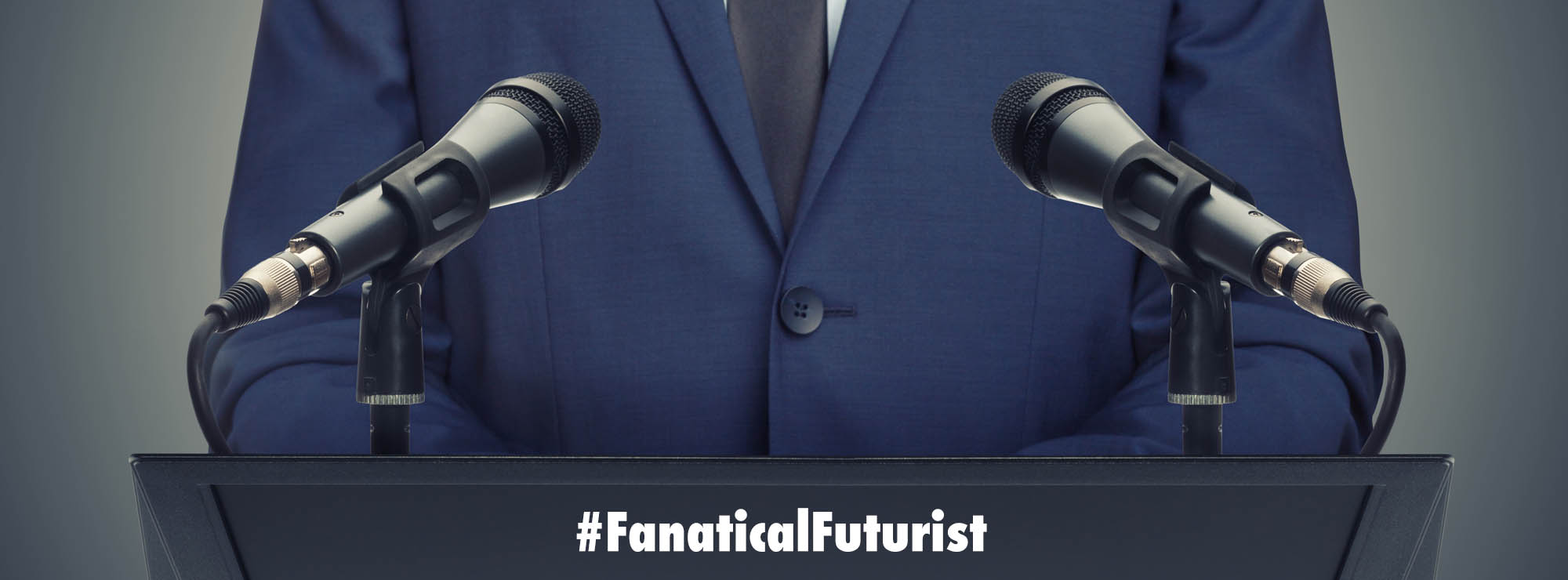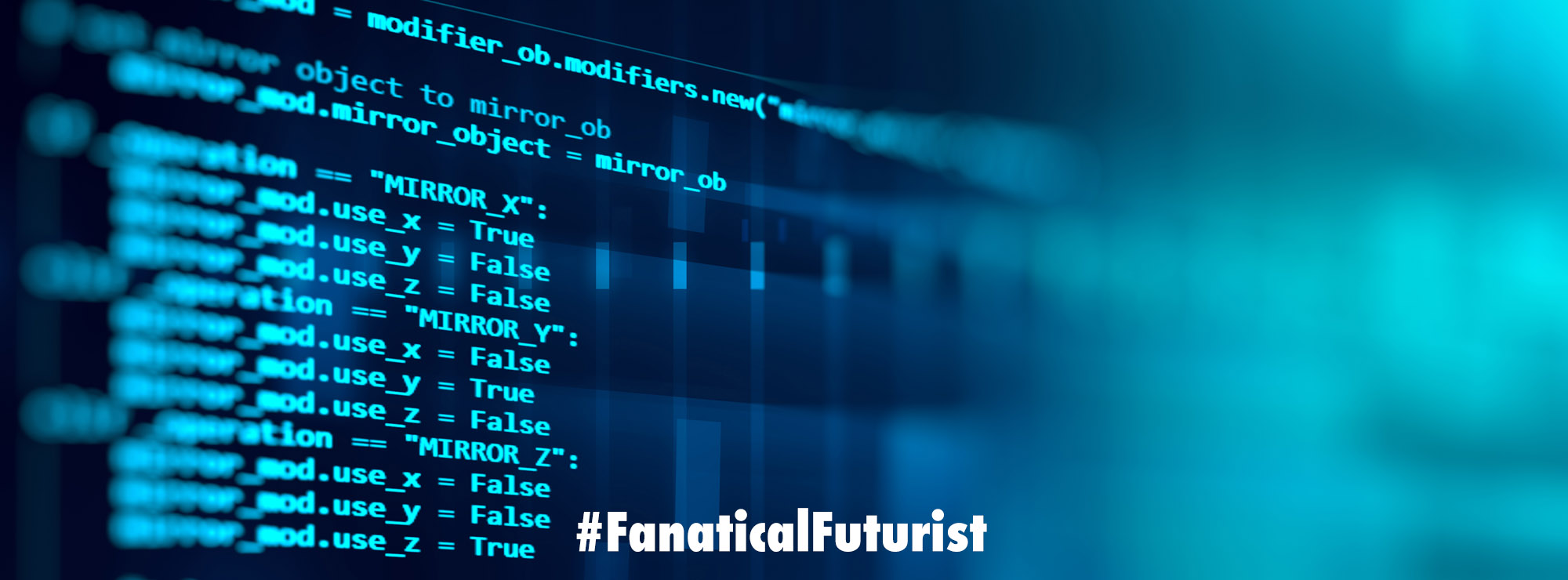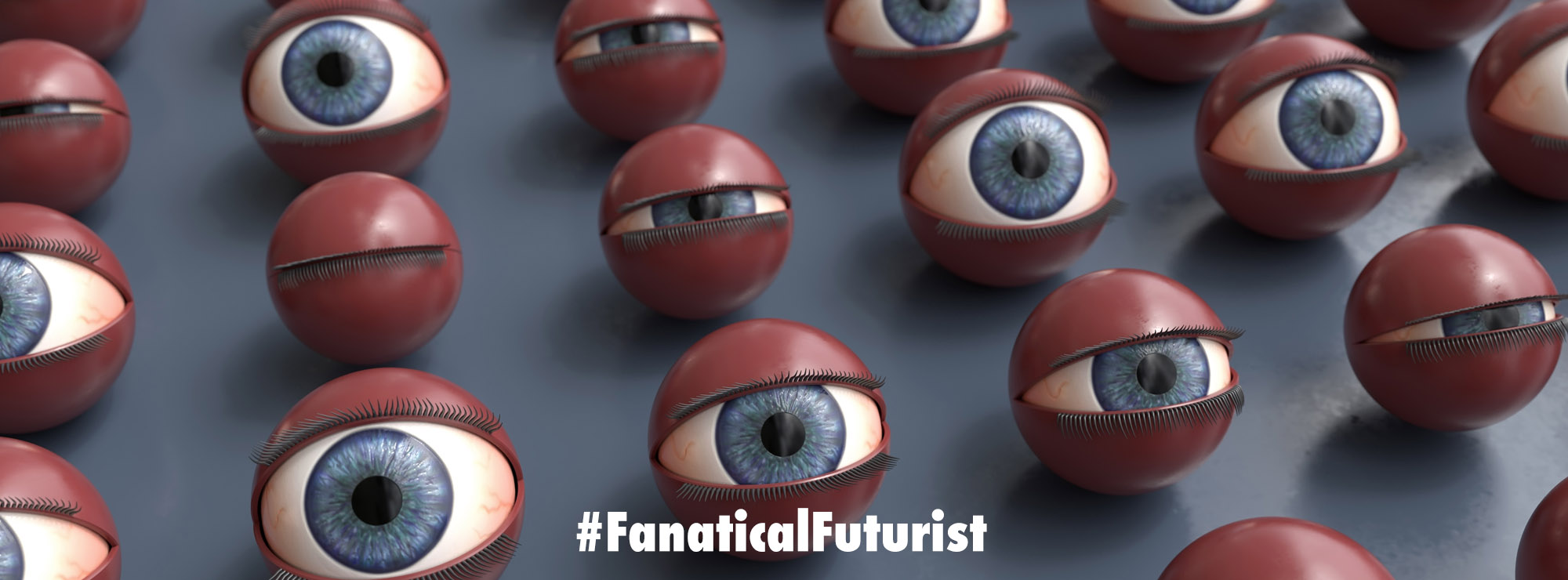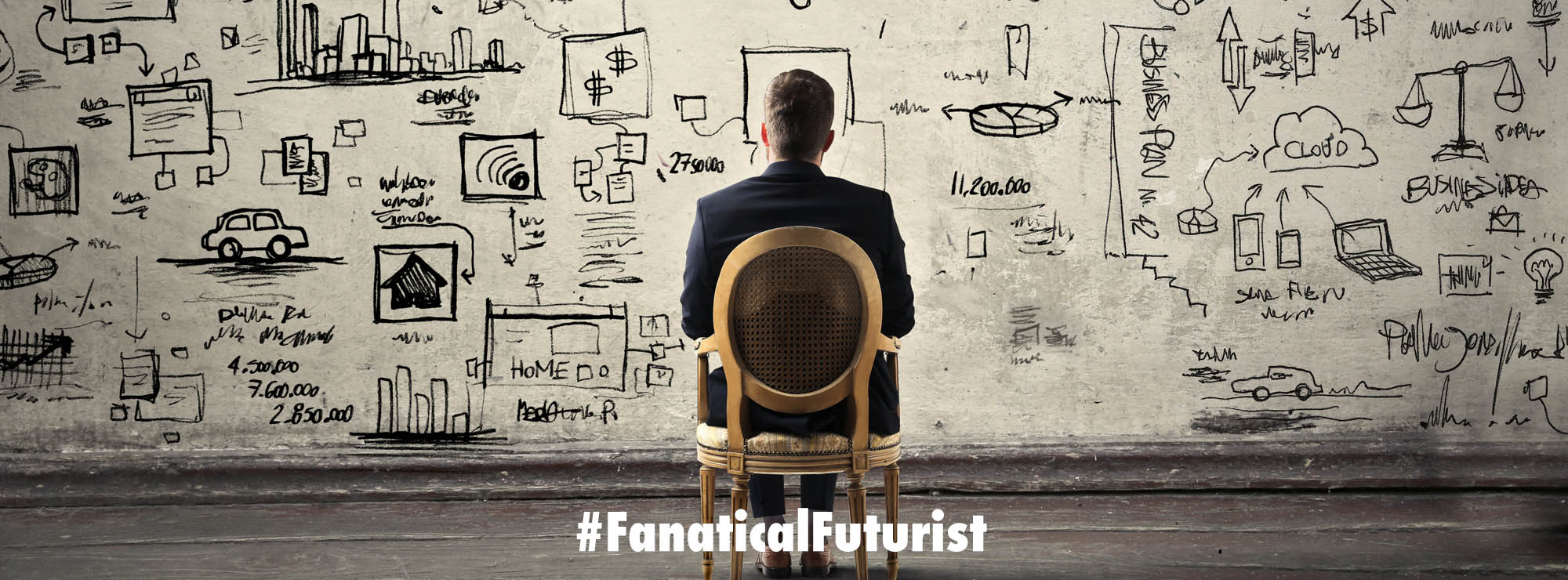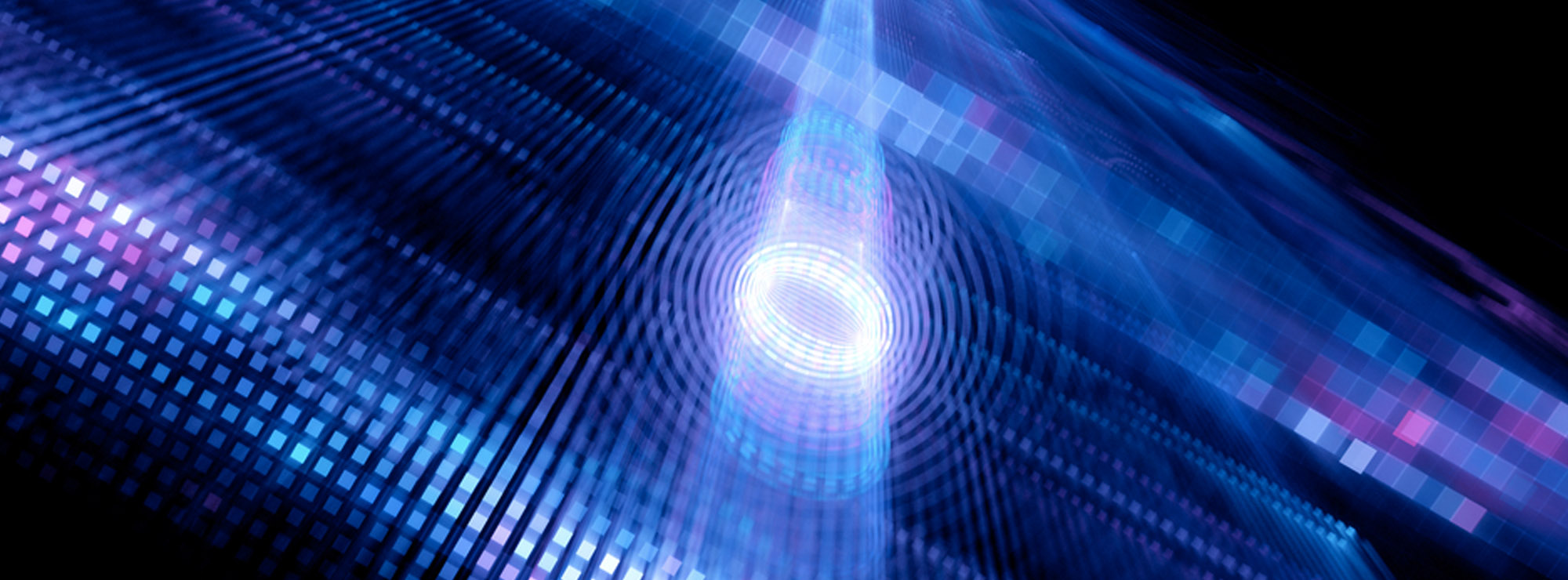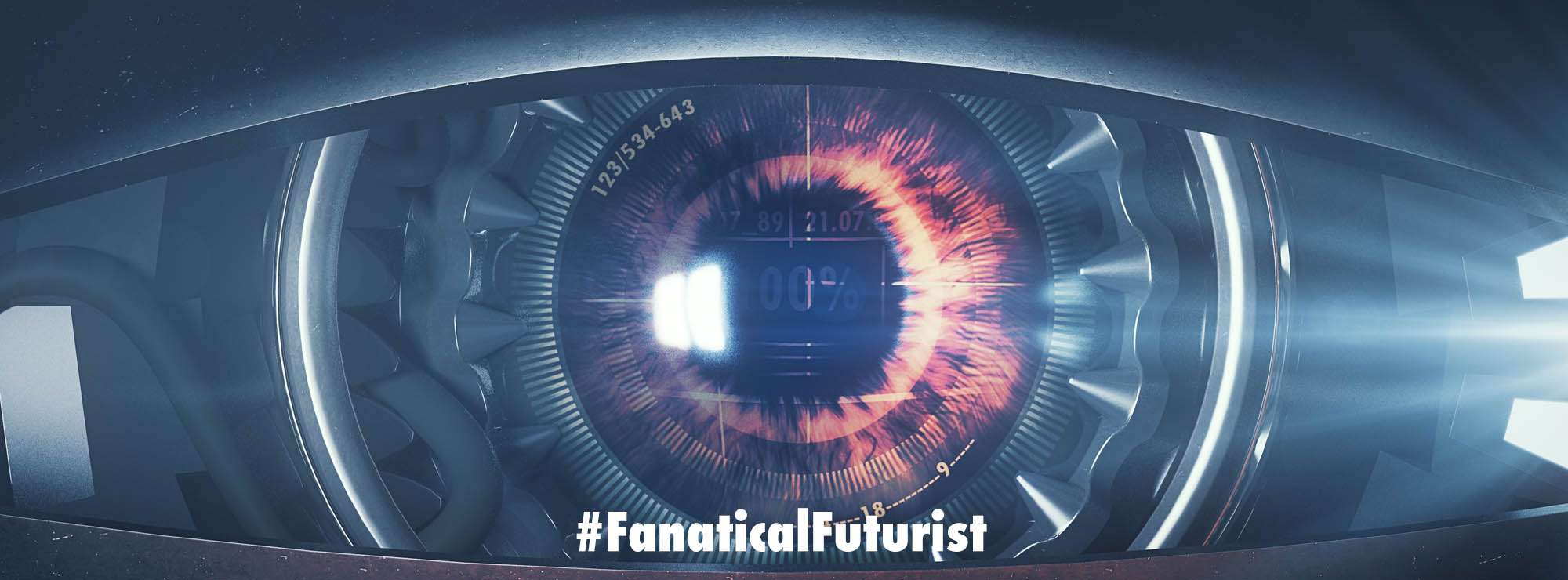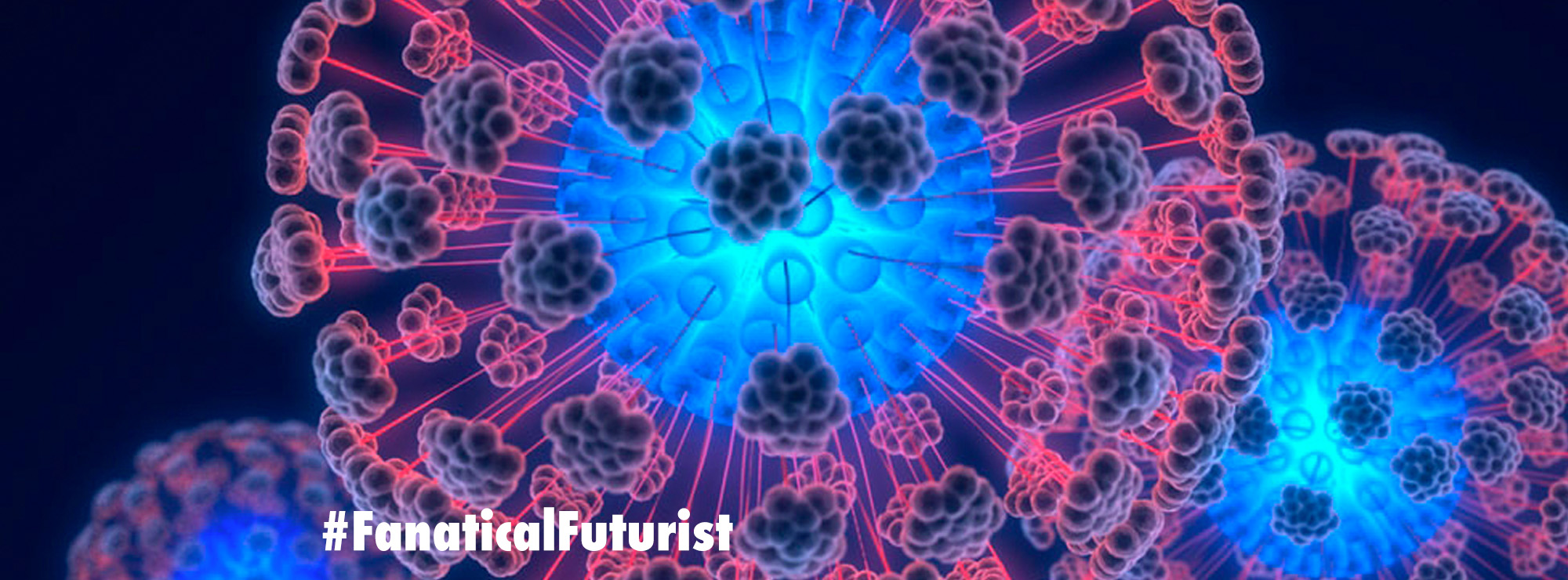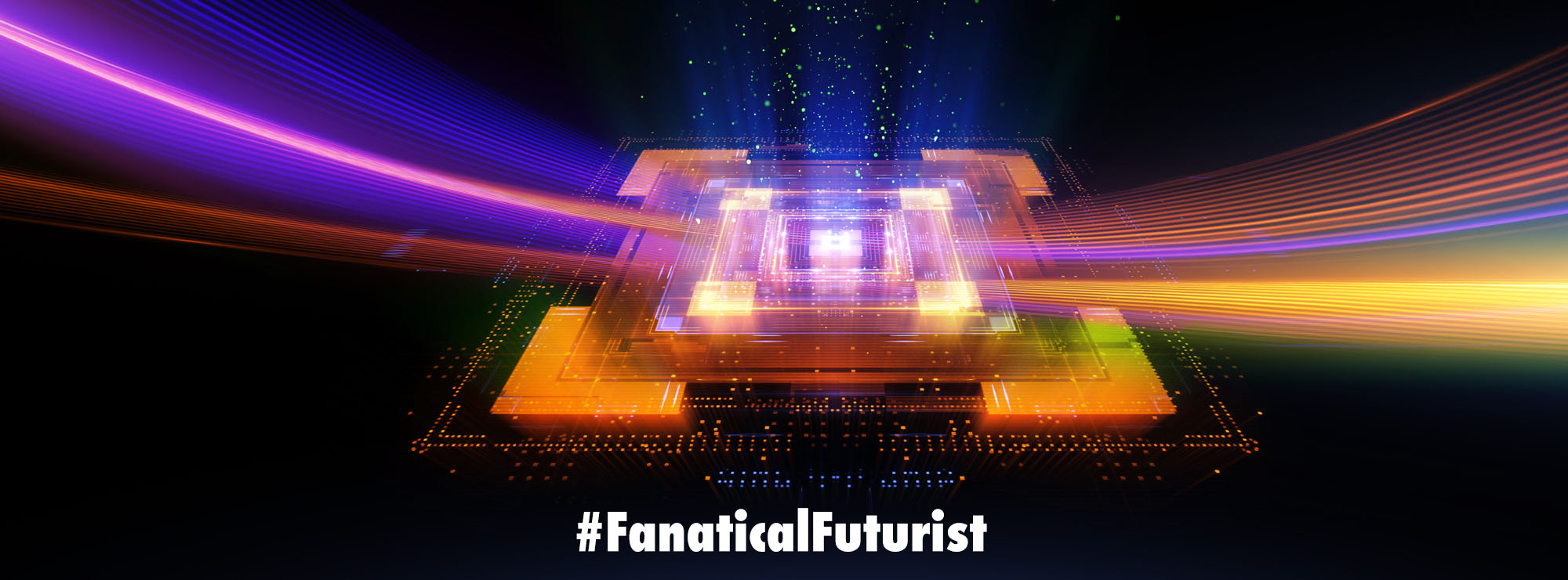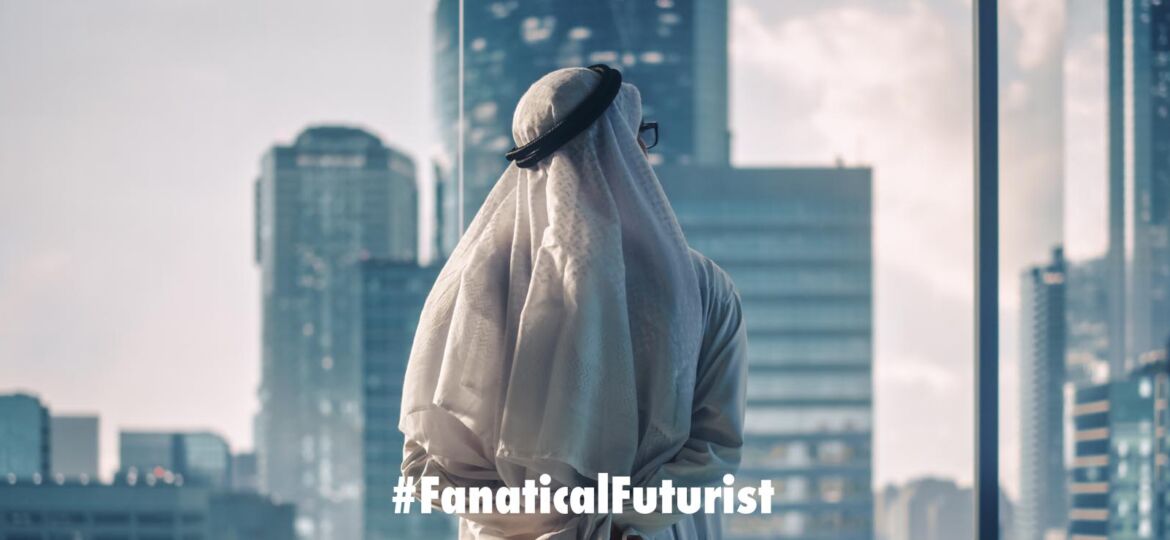
WHY THIS MATTERS IN BRIEF
To get a signal in the future all you might need is a window and some fancy tech …
 Love the Exponential Future? Join our XPotential Community, future proof yourself with courses from XPotential University, read about exponential tech and trends, connect, watch a keynote, or browse my blog.
Love the Exponential Future? Join our XPotential Community, future proof yourself with courses from XPotential University, read about exponential tech and trends, connect, watch a keynote, or browse my blog.
A long time ago there was a lot of chatter about a technology called LiFi, that transmitted data via light from light bulbs, but in the past few years there haven’t been very many updates on the tech. Now though a Saudi Arabian team has created a less energy-intensive alternative that could modulate sunlight to replace traditional Wi-Fi.
Currently in development at the King Abdullah University of Science and Technology (KAUST), the system utilizes Smart Glass elements known as Dual-Cell Liquid Crystal Shutters (DLSs). These rapidly alter the polarity of sunlight passing through them, and could conceivably be used in the plate glass windows of large rooms such as offices.
The Future of Communications, by keynote speaker Matthew Griffin
The back-and-forth changes in polarity serve the same purpose as the 1s and 0s in binary code, and are reportedly not perceptible to the human eye … although tests have shown that they can be detected and decoded by smartphone cameras. By contrast, changes in the intensity of artificial light – utilized in some other proposed systems – can be visually perceived as an unpleasant flickering effect if the frequency of the changes is too low.
Importantly, while traditional Wi-Fi routers use between 5 and 20 watts of electricity, the DLSs use just 1 watt and could be embedded into glass everywhere to literally smother areas with connectivity. According to the scientists, this amount could be supplied by a small solar panel. Of course, the system would only work while the sun was shining, so it might be used to save energy during the day, with the Wi-Fi kicking in once the sun had set.
Calculations indicate that in the setup’s present form, it could transmit data at a rate of 16 kilobits per second – but that’s just for the time being.
“We are now ordering the necessary hardware for a testbed prototype implementation,” said the lead scientist, Assoc. Prof. Basem Shihada. “We would like to increase the data rates from kilobits to mega- and gigabits per second.”
A paper on the research was recently published in the journal IEEE Photonics.
Source: KAUST via AlphaGalileo


